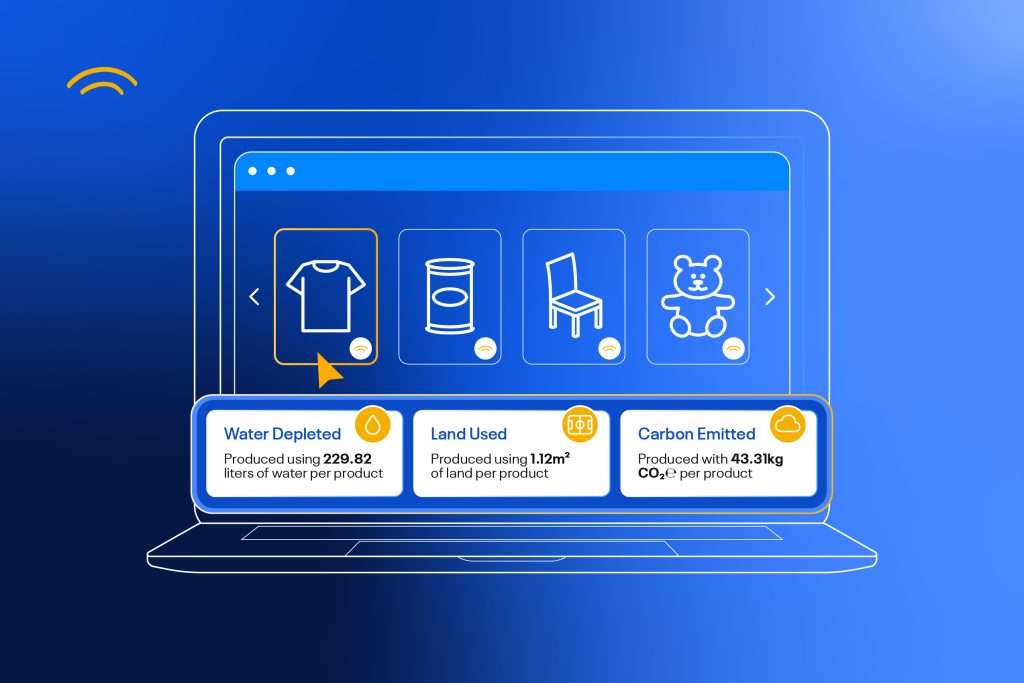
“Holistic impact tracking of your products will no longer be a nice thing to have, it will be a must, and your time begins now”- Austin Simms, Dayrize CEO
The corporate and investor sustainability laws and reporting standards set by the European Union (EU) are some of the strictest, most advanced, and most complex in the world. In an effort to combat climate change, foster sustainable innovation, and become the first continent to achieve climate neutrality by 2050, Europe is implementing a comprehensive set of policies under the banner of a “European Green New Deal.”
Since it can be challenging to track new sustainability legislation, here is a summary of the new major laws and reporting requirements in 2023.
Sustainable Finance Disclosure Regulation (SFDR)
The EU SFDR covers all EU investment management companies and advisors, including asset managers, banks, and insurers. It offers guidelines on how to accurately report the sustainability risks, features, and statistics underpinning investments. Additionally, it covers non-EU businesses that use the Alternative Investment Fund Managers (AIFM) Directive to target the EU market. Cycles for SFDR disclosure filings are determined by the calendar year. Filers must make available their data from each reporting period by June 30 of the following year. Data on performance, risk, and PAI, for instance, must be submitted by June 30 of the given year. All PAI-related indicators for each SFDR report must be computed and averaged at the end of each calendar quarter.
SFRD rules and requirements based on the type of organization:
- Large financial market participants (FMPs) – Banks, asset managers, investment firms, insurance companies, private equity, pensions funds, and other major investment entities.
- Small financial market participants) – Smaller FMPs with fewer than 500 employees (counted at a group level, including headcount from any non-EU entities
- Financial advisors — Individuals, entities, or intermediaries who advise EU consumers on applicable investment, insurance, and/or pension products
Three different financial product categories are identified by SFDR:
- “Article 6” products are required to disclose how sustainability risks are taken into account when making investment decisions, as well as a prediction of how those risks will likely affect their returns.
- Products covered by Articles 8 and 9 must provide more thorough reporting on a range of sustainability and ESG issues, including: Investment strategy, Sustainable investment principles and standards alignment, Sustainability KPI and Key indicators, Governance practices, Asset allocation, Derivatives use, Other investments, Principle adverse impacts (PAI), Benchmarks and EU Taxonomy alignment
- The primary goal of “Article 9” products is long-term investment.
There are two types of SFDR disclosures:
- Pre-contractual disclosures: Sections of the disclosures made to prospective investors that cover both entity- and product-level information. Disclosures should be prospective, concentrating on the sustainability goals, objectives, risks, and anticipated performance of an investment entity or product.
- ESG disclosures on a product’s overall performance as a sustainable investment are made on a regular basis for Article 8 and Article 9 products (not required for Article 6)
The EU’s Corporate Sustainability Reporting Directive (CSRD)
Companies are required by CSRD to monitor and report on their ESG activities using EFRAG-defined metrics (European Financial Reporting Advisory Group). The European Sustainability Reporting Standards are the name given to these EFRAG metrics (EU ESRS).
The CSRD will apply to all companies with:
- Over 250 employees
- More than 40€ million in annual revenue
- More than 20€ million in total assets
- Publicly-listed equities and have more than 10 employees or 20€ million revenue
- International and non-EU companies with more than 150€ million annual revenue within the EU and which have at least one subsidiary or branch in the EU exceeding certain thresholds
EU Taxonomy for Sustainable Activities
a system of classification that compiles a list of economically viable environmental practices. It offers appropriate definitions of what constitutes environmentally sustainable economic activity for businesses, investors, and regulators.
The good news is that technology can now assist businesses quickly and easily, implementing these measurements. At Dayrize, we have the most advanced technology for rapid holistic and accurate impact measurement of consumer products. Our detailed assessments will assist companies in meeting EU regulations for measurement, tracking, and reporting.

